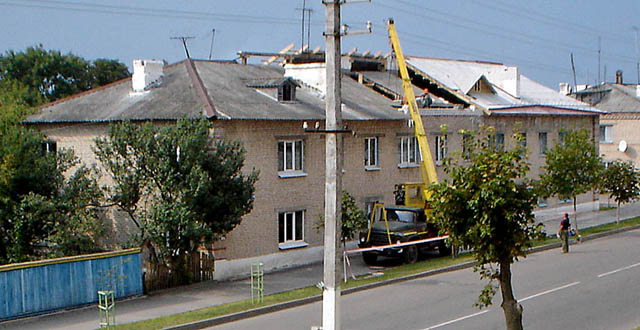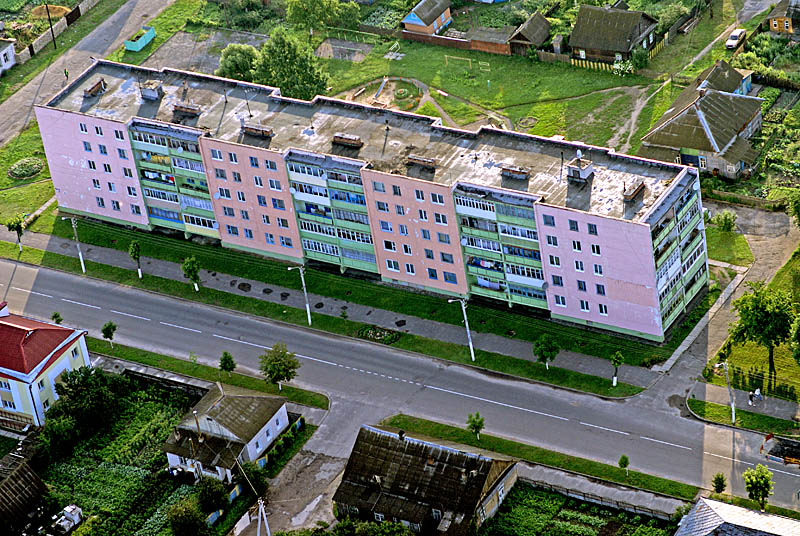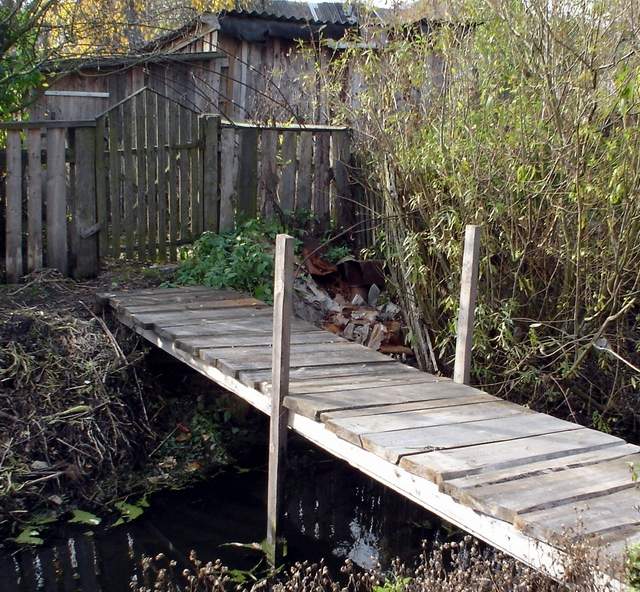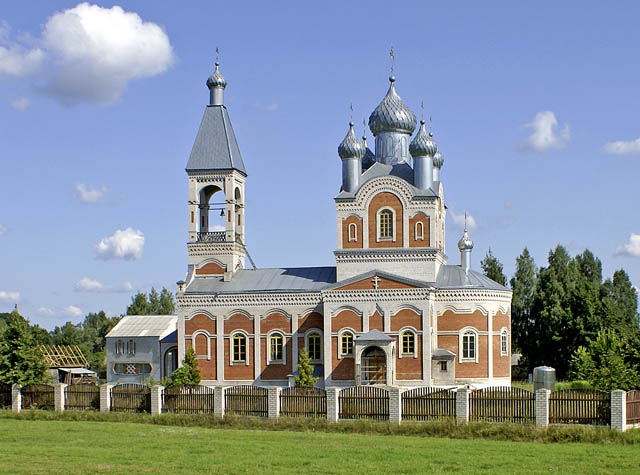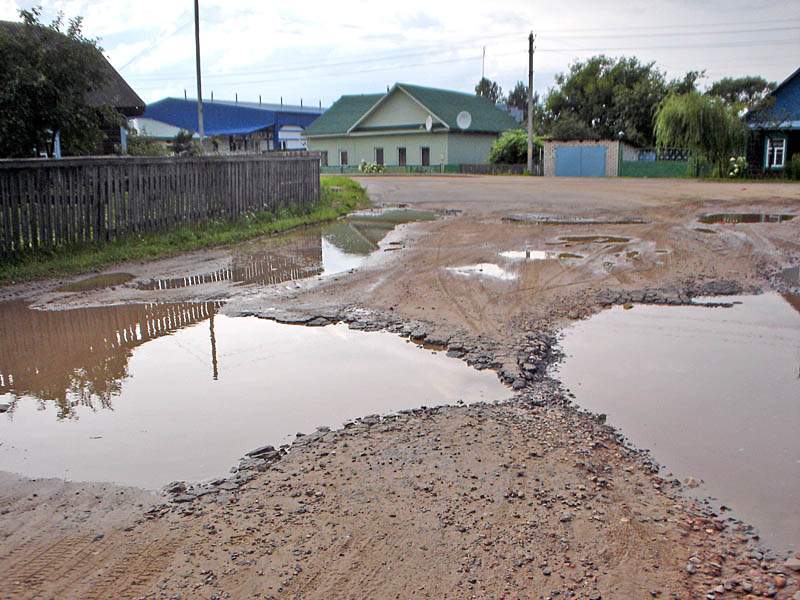Region
Эта статья по-русски:
Эта статья по-русски:
Lands of the Glusk region occupy the southwest part of the
he region borders on the Oktyabr region of the
The climate is moderately continental. The average temperature in January stands at minus 6.9C, July — plus 18.1C. The cropping season lasts 192 days, the average precipitation makes
Mineral resources: peat, potassium salts, sapropels, sands. Industrial oil extraction since 1980.
Nature has ever been a precious store for the Glusk land. The land of forests, picturesque landscapes, flowery meadows, mushrooms and berries, it enjoys the well-deserved love of the local residents and multiple visitors.
Forests occupy 53% of the region or 71.4 thousand hectares. Coniferous, foliaceous, and hard-leaved forests are prevailing.
Using the unique natural beauty and ecological conditions, the oblast children’s centre for medical rehabilitation Kosmos, a recreation centre Gorodok, a sanatorium Ptich, a boarding home for disabled children with special psychophysical needs offer their services.
The oldest archaeological monuments date back to the stone age (4-3 thousand years BC), bronze age (2-1 thousand years BC), and iron age (1 thousand years BC— 1 thousand years AD). The time of the chronicled tribes of Slavonic Dregovichs (IX-XIII centuries AD) is represented by settlements and mounds.
Since the XIV century the Glusk land has been part of the Glusk province own by the grand duke of
In 1396 Prince Vitovt presented the Glusk province to his Kyiv vicegerent Prince Ivan Golshanky, who in turn left the province to his heirs. The year is regarded as the year of Glusk’s foundation.
The Middle Age Glusk history is inseparable from the history of the castle founded by the same Yuri Dubrovitsky in the early XVI century.
According to historical records the castle had an earth defensive rampart with wooden walls, two wooden towers, an entrance tower with a drawbridge and a small gate leading to the Ptich.
In the XIX century Glusk was a small town with the residents mainly working in agriculture and processing of local raw materials, timber processing, alcohol distillation, and leatherworking.
Soviet authority was enforced in Glusk in January 1918.
On
Six and a half thousand Glusk residents selflessly joined the armed fight against the Nazis. Day and night the flame of the nation-wide fight roared. There were 11 guerrilla regiments uniting over 1,200 fighters in the Glusk region.
We remember well the dauntless courage and heroism of people’s avengers, we are proud of the battle deeds of guerrilla parties, brigades led by Vladimir Kirillovich Yakovenko, Aleksei Vasilyevich Lvov, Ustin Nikitich Shvayakov, Vladimir Timofeyevich Shantar, Pavel Mikhailovich Yunevich, Nikolai Borisovich Khrapko, Matvei Petrovich Sezik, Georgy Nikolayevich Stolyarov, Dmitry Timofeyevich Gulyayev and many others.
In battles 4,725 Glusk land people perished as well as 3,126 civilians, 1,482 people were forced to work as slaves in
The Glusk region was liberated on
A fruit and vegetable factory was built in
Industrial oil extraction began in the 1980s, a cinema Orion was built as well as a new hospital and a clinic, a residential district in
Glusk regional executive committee. Official site.
